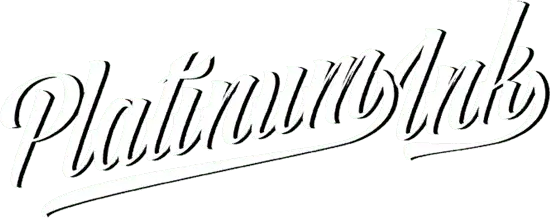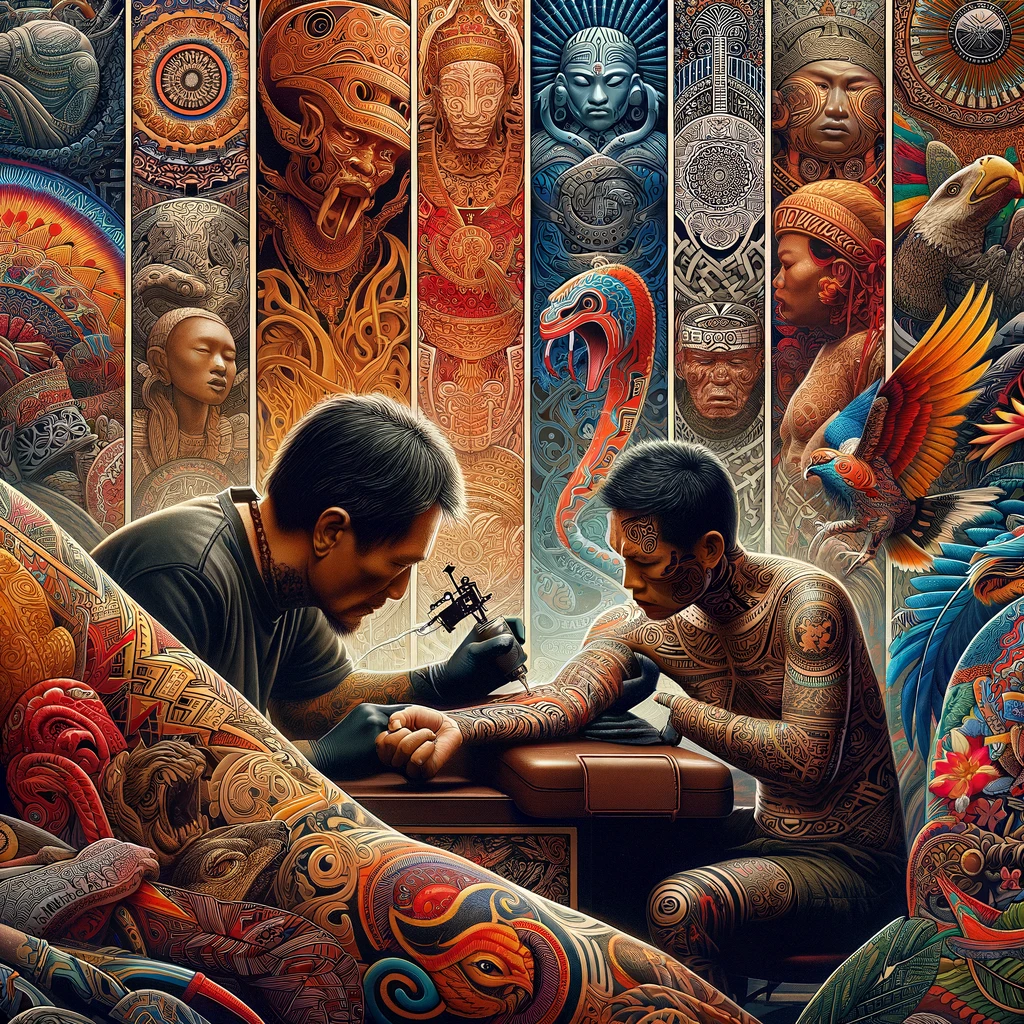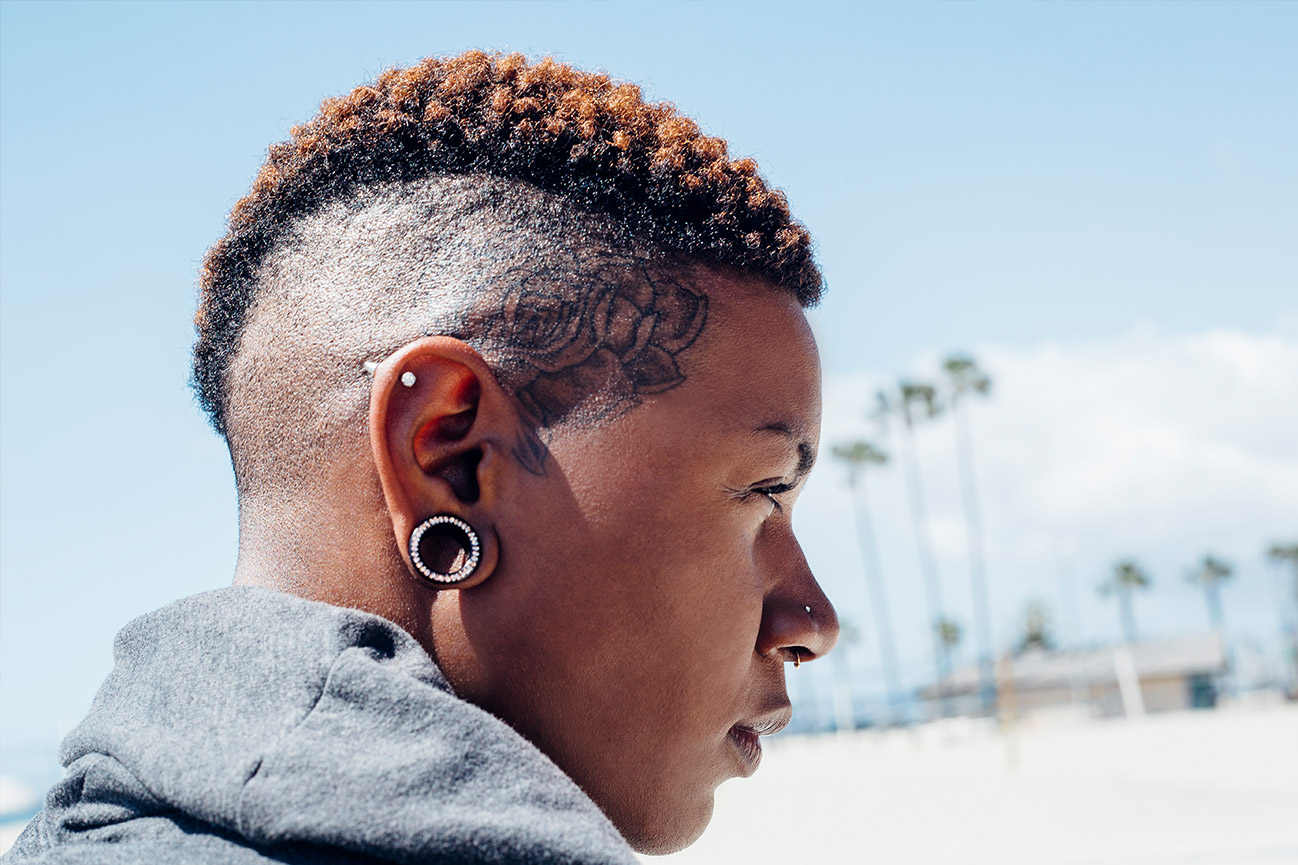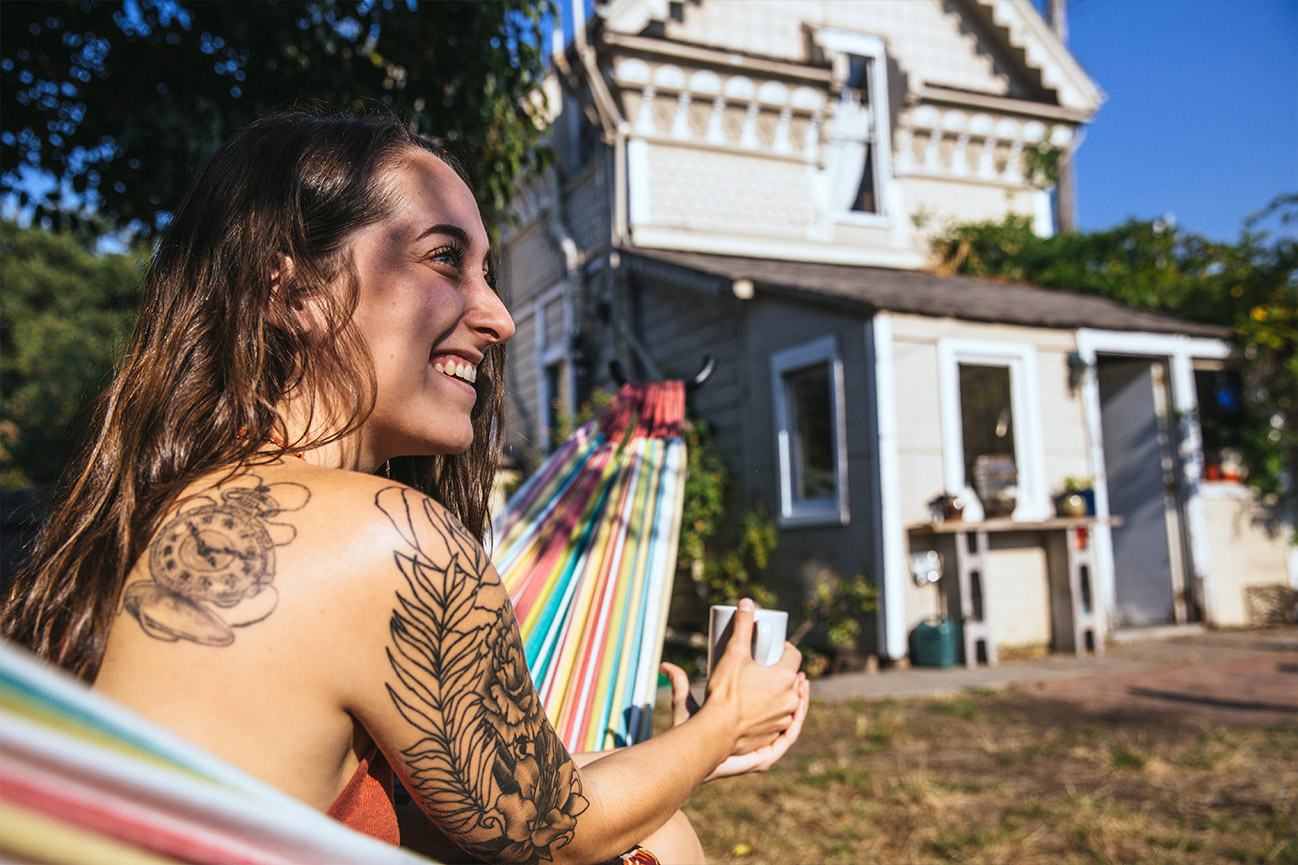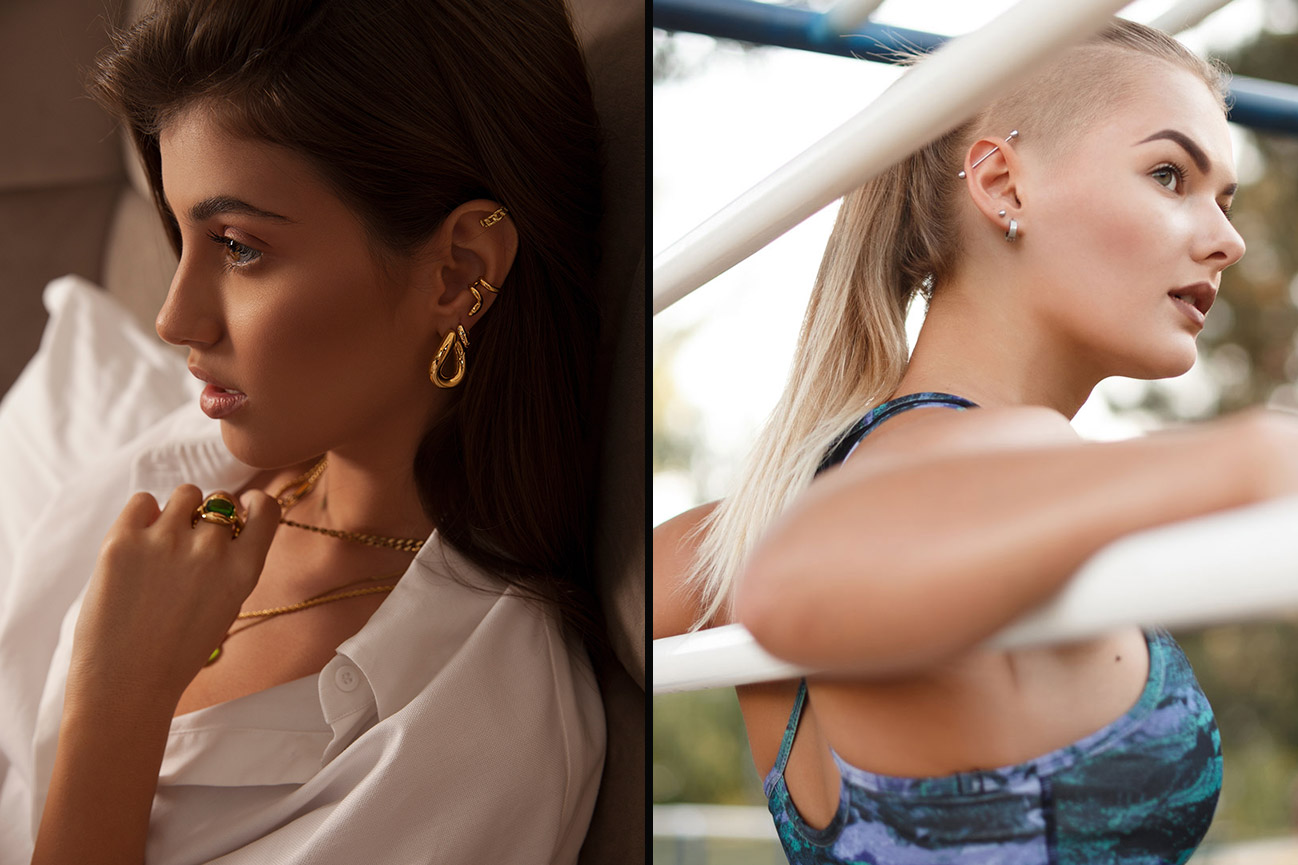Tattoos are more than just skin-deep markings; they carry symbolism, stories, and deep connections to one’s heritage. In recent years, there’s been a growing appreciation for the art and significance of traditional tribal tattoos.
This surge of interest marks a cultural renaissance, a return to the roots of tattooing and a profound way for individuals to connect with their ancestry or express deep-rooted values.
The Historical and Cultural Significance of Tribal Tattoos
For centuries, tribal tattoos in various cultures around the world have been more than just body art. They’ve been powerful representations of the following:
Social Status and Rank: Intricate tattoos often denoted a person’s position within their community, whether they were a warrior, a leader, or a spiritual figure.
Rites of Passage: The process of getting tattooed was often seen as a rite of passage, marking milestones in life such as coming of age or marriage.
Spiritual Protection and Connection: Symbols and patterns often embody spiritual meanings, offering protection or representing a connection to the divine.
Cultural Identity: Tattoos have been a distinct way for tribes to maintain their unique identity, with designs and motifs passed down through generations.
Types of Traditional Tribal Tattoos
The rich tapestry of traditional tribal tattoo styles is vast and diverse. Some of the most iconic include:
Polynesian Tattoos: Bold geometric patterns and intricate motifs narrate stories of lineage, battles, and connection to nature. Popular Polynesian tattoo styles include Samoan, Maori, and Marquesan traditions.
Borneo Tattoos: These detailed tattoos often depict stylized animals and plants. They hold spiritual significance and were traditionally believed to offer protection.
Haida Tattoos: Featuring powerful animal imagery, Haida tattoos originating from the Pacific Northwest embody strength, kinship, and a deep connection to the natural world.
Celtic Tattoos: Intricate knotwork and spirals symbolize eternity, interconnectedness, and the cyclical nature of life.
The Modern Appeal of Tribal Tattoos
Beyond their cultural context, why are people increasingly drawn to traditional tribal tattoos? Here’s why they’re becoming more popular:
Powerful Aesthetics: Their bold lines, intricate patterns, and use of negative space possess a timeless aesthetic quality that transcends trends.
A Search for Meaning: As people grapple with questions of identity and purpose, tribal tattoos offer a way to connect deeply with something larger than themselves.
Respect and Appreciation: The renewed interest in tribal tattoos often comes with a growing sensitivity towards cultural appropriation. People are seeking to honor and respect the origins of these art forms.
Finding the Right Austin Tattoo Artist for Traditional Styles
If you’re considering a traditional tribal tattoo, finding an artist specializing in these styles while being respectful of their cultural roots is crucial. This is where the best tattoo shops in Austin come in:
Research: Look for studios and artists specializing in traditional or neo-traditional tattoo styles. Examine their portfolios to see if their work aligns with your desired aesthetic and that they understand the symbolism of tribal designs.
Consultation: Have open conversations with potential artists about your vision for the tattoo and your reasons for wanting a tribal design. A good artist will respect the cultural significance and help you create a piece that is both beautiful and meaningful.
Respecting the Tradition: Be mindful that some tribal tattoo designs may have specific cultural meanings or be reserved for members of that community. It’s essential to engage in respectful dialogue and understand the significance of any designs you’re considering.
Beyond Ink: The Symbolism of Traditional Tribal Tattoos
While the visuals of tribal tattoos are striking, their symbolism runs far deeper. Here’s a look at some commonly found elements and their potential meanings:
Animals: Animals like eagles, bears, or wolves can symbolize strength, courage, protection, or specific clan associations. Other creatures like turtles or owls might represent wisdom, longevity, or spiritual guidance.
Natural Elements: Symbols like the sun, moon, stars, mountains, and waves could evoke life force, cycles of time, connection to the natural world, or navigational prowess.
Geometric Shapes: Triangles, circles, squares, and spirals can have myriad meanings. They might represent balance, unity, infinity, or the journey of life.
Lines and Patterns: Lines can act as borders, or symbolize connections and pathways. Intricate patterns can represent ancestors, family lineages, or specific narratives.
Considerations When Choosing a Tribal Design
Choosing a tribal tattoo requires careful thought. Here are some factors to bear in mind:
Personal Connection: What message do you want your tattoo to convey? Does it reflect your values, significant experiences, or aspirations?
Cultural Sensitivity: If considering a design from a specific culture, do your research. Understand the meanings behind the symbols and their significance to the community. Be open to adapting or modifying designs to avoid cultural appropriation.
Placement and Size: The location of a tattoo can enhance its symbolism. Consider the visibility, flow of the design with your body, and scale that matches your desired impact.
Modern Interpretations of Traditional Tribal Tattoos
Neo-traditional tattoo styles have emerged, honoring the lineage of tribal tattooing while incorporating a more contemporary flavor. Here’s how they differ:
Expanded Color Palette: While traditional tribal tattoos primarily used black ink, neo-traditional styles often incorporate subtle color accents or gradients.
Blending with Other Styles: Neo-traditional artists might incorporate elements from styles like realism or watercolor to bring added depth and dimension to tribal motifs.
Personalized Storytelling: While maintaining respect for the core essence of tribal styles, neo-traditional tattoos can sometimes be more focused on an individual’s personal journey and symbolism.
Caring For Your Tribal Tattoo
Ensuring your unique piece of art heals beautifully and maintains its vibrancy requires proper care:
Follow Your Artist’s Instructions: They’ll provide specific aftercare routines to promote optimal healing. This includes cleaning routines, moisturizing protocols, and sun protection guidance.
Hydration and Sun Protection: Keeping your skin hydrated and protecting your tattoo from excessive sun exposure will help maintain those bold lines and prevent fading.
Touch-ups: Some touch-ups might be needed down the line, especially for tattoos on areas exposed to movement or friction. Your Austin tattoo artist can advise when this might be necessary.
The resurgence of interest in traditional tribal tattoos is a testament to the enduring power of this art form. It offers a captivating way to celebrate heritage, express personal narratives, and connect to something ancient and profound.
By respecting the tradition, doing your research, and choosing an artist with knowledge and respect for the art form, your tribal tattoo can be a meaningful and stunning expression of your unique identity.
Tribal Tattooing Traditions: A Global Perspective
Japanese Irezumi: Bold and intricate, traditional Japanese tattoos often feature mythical creatures, flowers, and other nature-inspired imagery. They are renowned for their large-scale designs and vibrant colors.
Sak Yant Tattoos (Thailand): These sacred tattoos are believed to offer protection, power, and blessings. Using a hand-poked technique, they often incorporate geometric patterns, Buddhist imagery, and ancient scripts.
Inuit Tattoos (Arctic Regions): Traditionally practiced by women, Inuit tattoos feature delicate lines and dots on the face and hands, marking rites of passage, family connections, and cultural pride.
Tribal Tattoos and Body Modification
Tribal tattoos often existed within a broader context of body modification practices in various cultures. Some examples include:
Scarification: The intentional creation of scars in specific patterns could signify social status, acts of bravery, or spiritual transformation.
Piercings: Adornment with piercings in the ears, nose, or lips was a common practice alongside tattooing, often using materials like bone, wood, or precious metals.
Stretching and Shaping: In some cultures, earlobes, lips, or necks might be stretched using weights or discs, which could hold ritual significance or be considered a mark of beauty.
The Ethics of Cultural Appreciation vs. Appropriation
The renewed popularity of tribal tattoos raises important questions about respecting the origins of these traditions. Here’s how to ensure your approach aligns with appreciation rather than appropriation:
Education is Key: Do your research. Learn about the history, symbolism, and cultural context of the tribal styles that attract you.
Support Indigenous Artists: Whenever possible, seek out artists who belong to the culture you’re drawing inspiration from. Support their work and uplift their voices.
Be Open to Collaboration: Work with your tattoo artist to create a design that honors the tradition while being individualized to represent your own story.
Avoid Sacred Symbols: Certain symbols may be deeply sacred and reserved for specific members of a community. Respect these boundaries and find other ways to express the meanings you’re seeking.
Finding Inspiration for Your Tribal Tattoo
If you’re inspired by the beauty and power of tribal tattoos, here are respectful ways to find ideas for your own:
Museums and Cultural Centers: Visit institutions that showcase artifacts and historical information on various tribal cultures.
Ethnographic Books and Documentaries: Explore resources that delve deeply into the art and symbolism of tattooing traditions around the world.
Collaboration with Artists: Speak with artists knowledgeable about tribal styles. They can help you create a design that is respectful, original, and meaningful to you.
By approaching tribal tattoos with a thirst for knowledge, respect, and a willingness to collaborate, you can create a piece of body art that’s both a stunning visual statement and a powerful symbol of your personal journey or connection to something greater than yourself.
